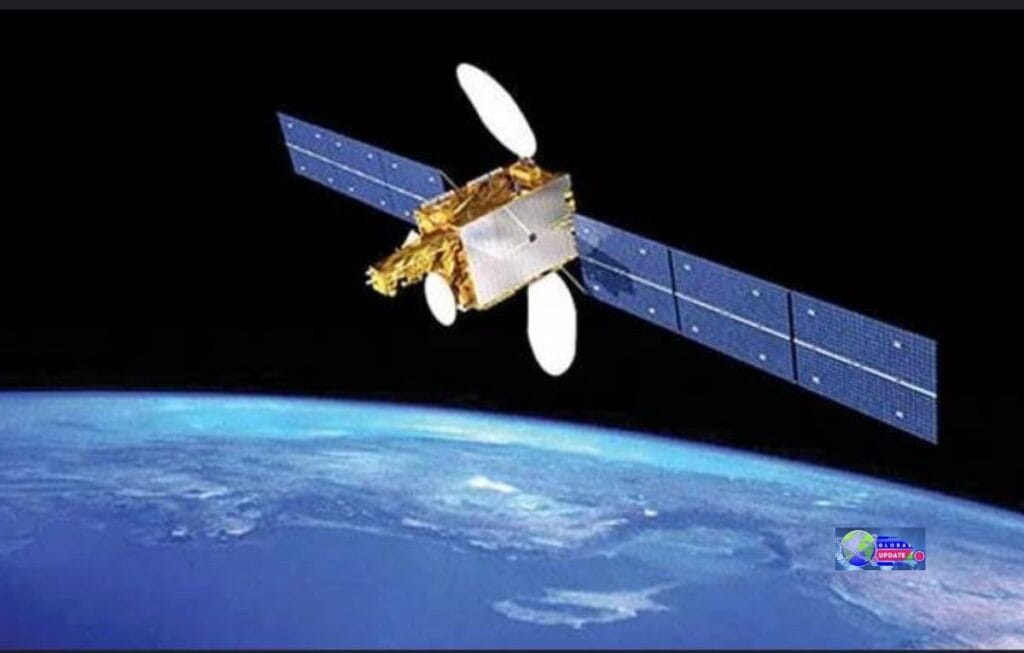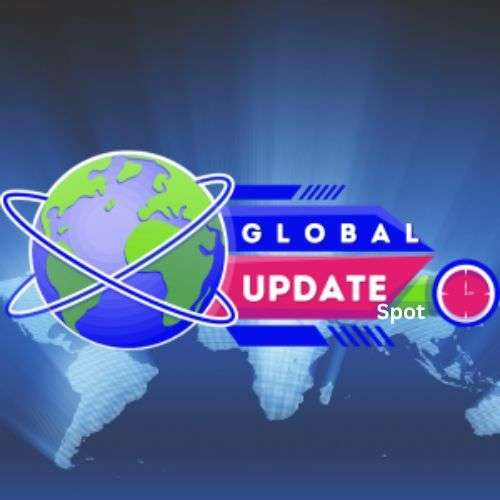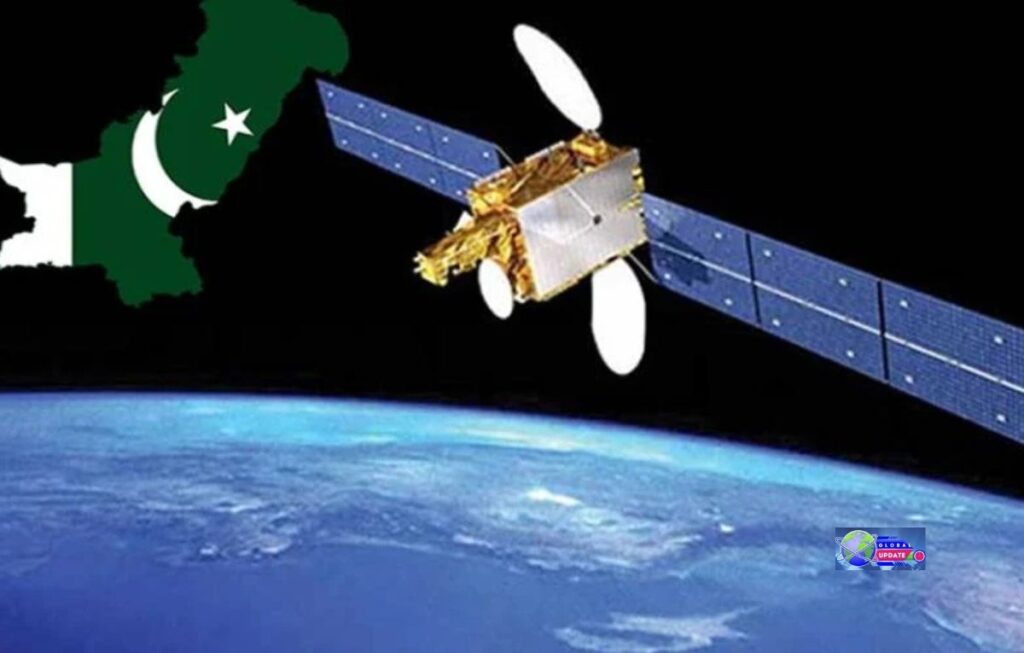Through its high-quality imaging powers, the Sensing Satellite will help with disaster management. To sum up, launch to live activities.
Pakistan’s newest remote sensing satellite was launched from China’s Xichang Satellite Launch Centre on July 31, 2025. It has now finished its first checks and is ready to start working.
Over the weekend of August 16–17, 2025, SUPARCO reported that deployment and readiness went well. This was the start of regular data delivery.
Why is this satellite important now?
The satellite provides national agencies and experts with high-quality images of Earth, enabling them to see more clearly across Pakistan’s varied landscape.
Statements from the government and local media point out four areas that need instant attention:
For example, floods, landslides, and earthquakes need early warnings and disaster control.
Precision farming, crop mapping, and water control are all parts of agriculture and food security.
Plan cities and their infrastructure (keeping an eye on growth, transport routes, and CPEC support).
Watching over the environment (glacier melt, tree loss, and climate markers).

The power to image: in simple terms, “high quality.”
Officials haven’t made the exact sensor specs public yet. Still, the satellite is said to be high-resolution and multi-purpose, and it’s meant to take clear pictures over Pakistan and the surrounding area regularly. That means more specific information to determine the extent of the damage after bad weather.
Planners need more accurate ways to group land uses.
Implement better change recognition to monitor issues such as erosion, encroachment, and illegal logging.
These abilities are frequently mentioned in state and reputable local news stories about the operational statement.
From reacting to being ready, disaster management.
Pakistan needs fast, accurate images because of its monsoon-driven flood danger and seismically active zones. Since the satellite is now on air:
Before things happen, hydrologists and NDMA teams can use new satellite passes and rainfall predictions to find rivers that are likely to swell, areas that are likely to slide, and glacial lakes that could burst.
During events, acquisitions that happen almost instantly help map flooding, find towns that are cut off, and decide which rescue routes are the most important.
After an event, regular revisits allow for assessments of loss and damage, help with aid targeting, and keep records of healing progress for insurance and openness.
Farming and water: images that pay off.
Agriculture planners can mix multispectral imagery with field data to: Estimate crop health and yields at district and canal-command scales.
Find the best times to water and fix water stress early on.
Keep an eye on cropping trends to get better at planning your purchases and storage.
This is a significant aspect of Pakistan’s stated goal to promote more precise farming and innovative approaches to managing water resources.
Cities, roads, and CPEC.
Rapid urbanisation is changing how land is used all along Karachi’s shoreline and in the northern valleys. Visualisations for operations will help planners:
Record urban growth and use it to guide zoning.
Check out the construction footprints and transportation routes.
Geohazard hotspots should be marked on roads, trains, and energy routes, especially where they cross CPEC alignments.
Taking care of the environment.
Coverage that is regular helps:
Glacier and snowpack tracking is done to plan for water flows further downstream.
Finding changes in forest cover to stop illegal cutting down.
To look at how climate changes over time, we use air, land, and surface water as stand-ins.
The spaceship adds to Pakistan’s space activities.
In Pakistan, Earth observation began with PRSS-1 (2018), and this satellite adds to that tradition. It builds on achievements made in 2024 and 2025, such as the iCube-Qamar lunar cubesat and the ability to communicate through PakSat-MM1.
This led to a more comprehensive and up-to-date stream of data for civil protection, planning, and study across the whole country.

What is going to happen next?
Protocols for entry and tasking: Official request lines for priority imaging during situations will be set up by the agencies.
More products will be released soon that combine satellite images with GIS layers, water models, and Internet of Things (IoT) sensors to create maps that are ready for decision-making.
Building up people’s skills: teaching provincial governments and universities how to turn raw data into useful information more quickly.
In short.
The launch of a new remote imaging satellite has significantly enhanced Pakistan’s aerial surveillance capabilities by sending high-quality images on time every time.
It improves planning and resource management, makes disaster preparedness and reaction stronger, and gives scientists better tools to understand a landscape that is warming and changing quickly.



